Connecting People and Nature Through Innovative Landscape Architecture
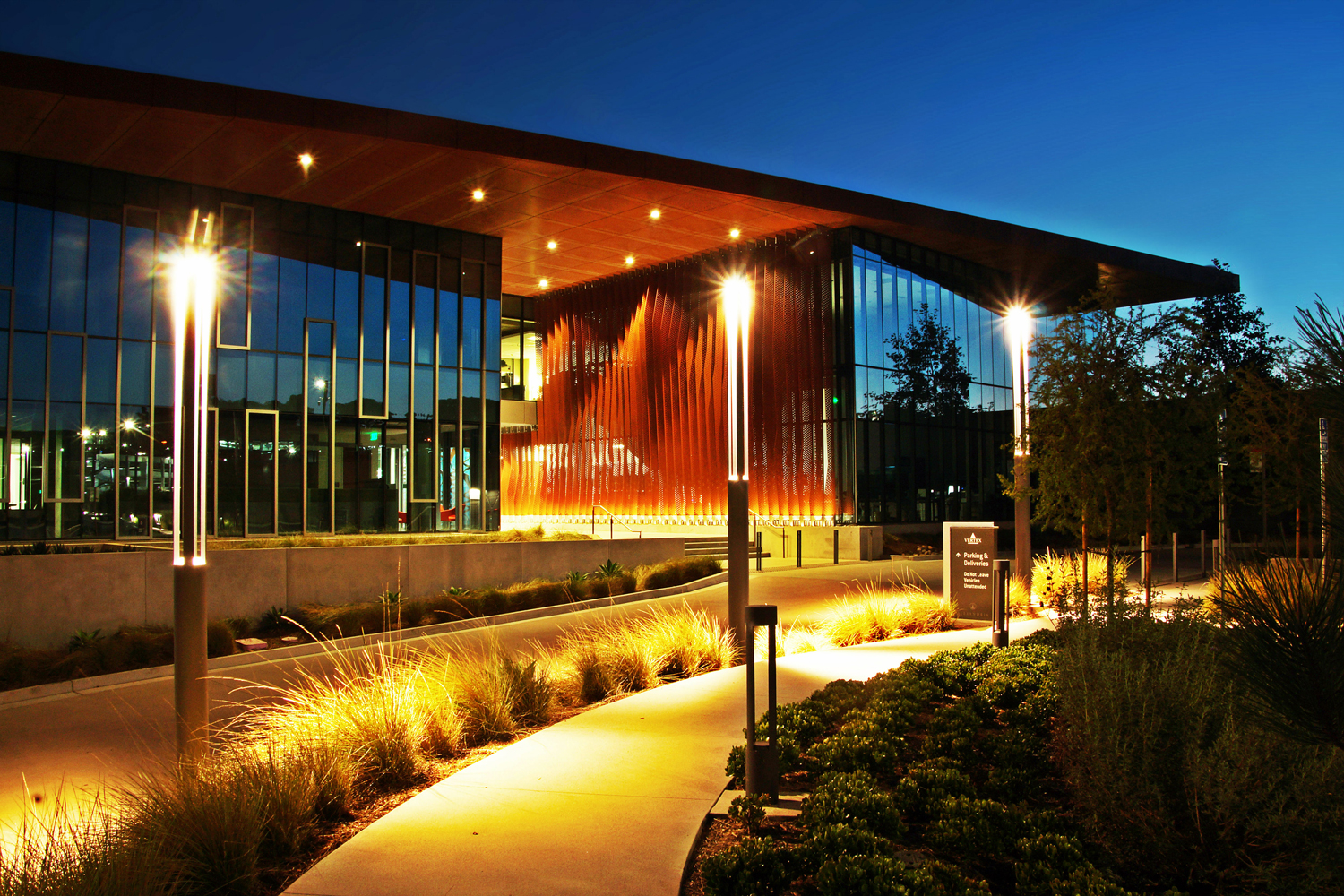
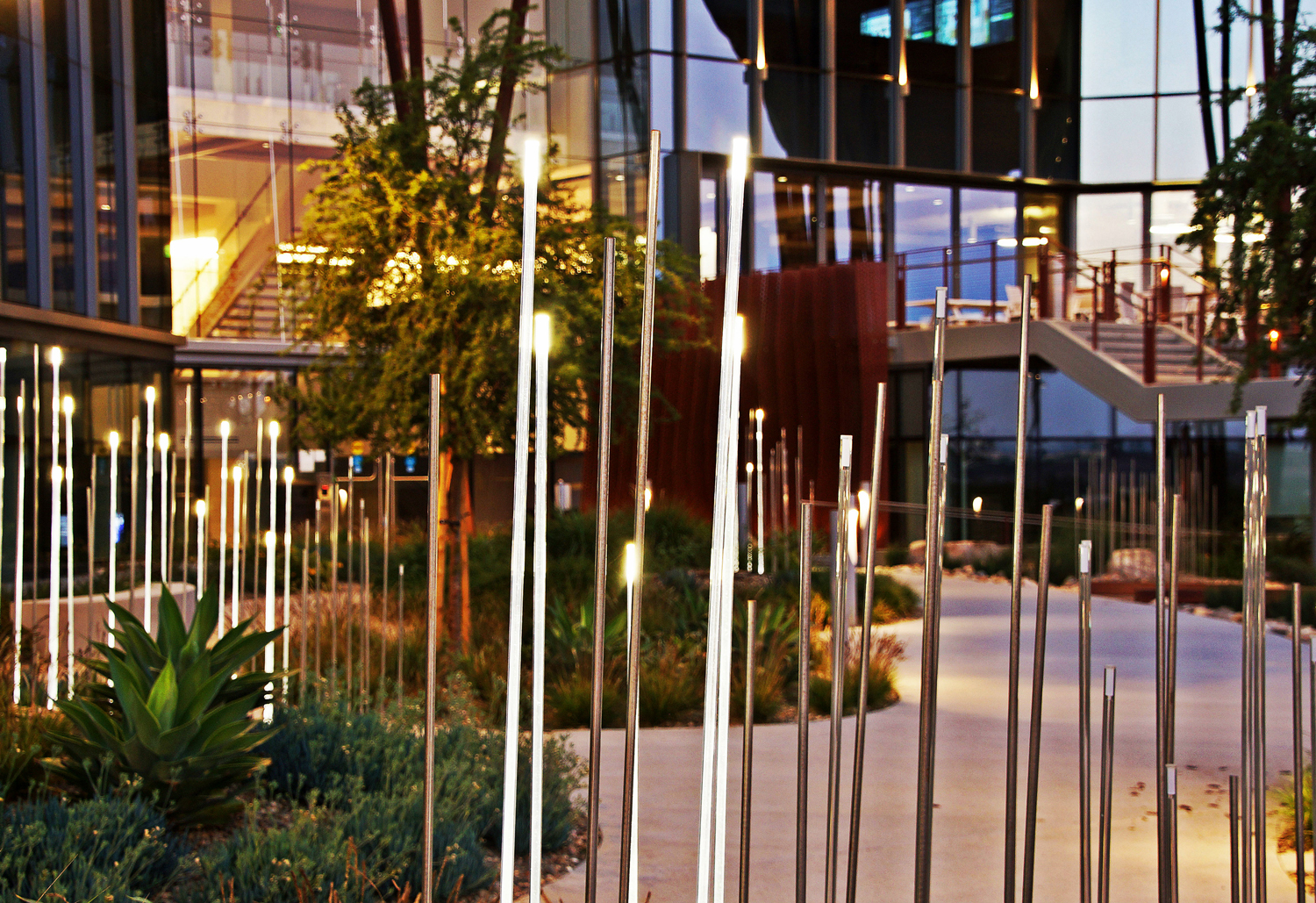
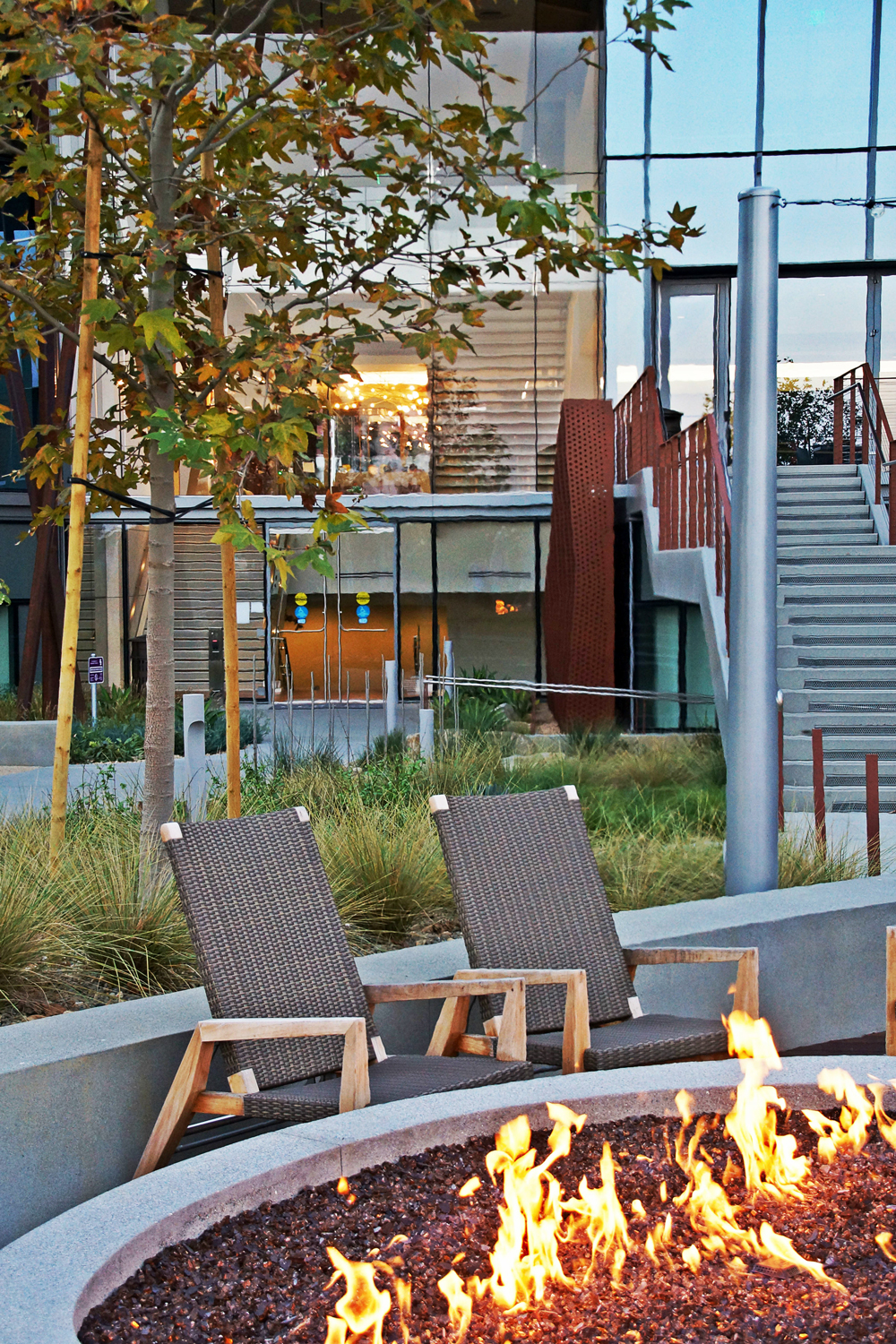

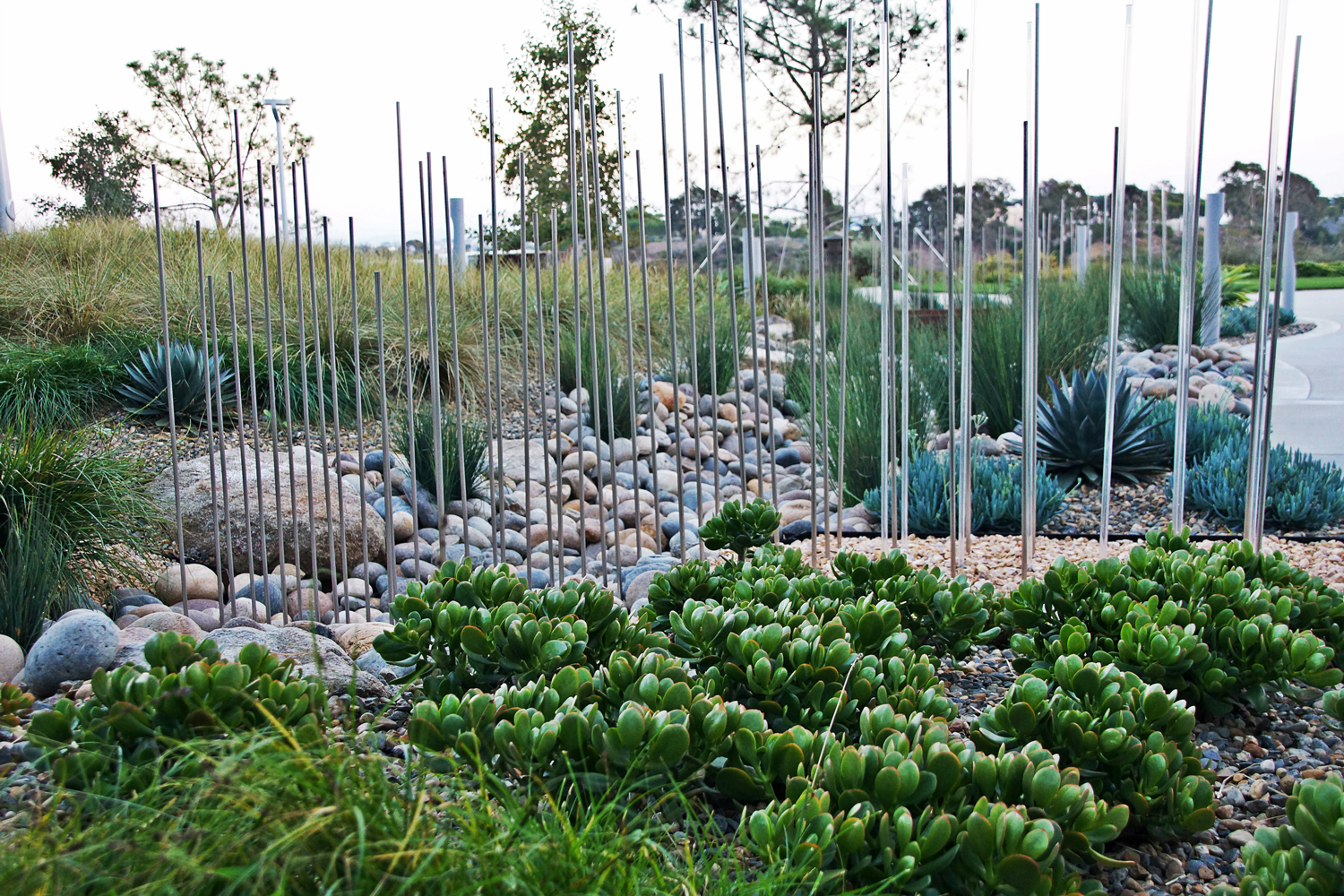
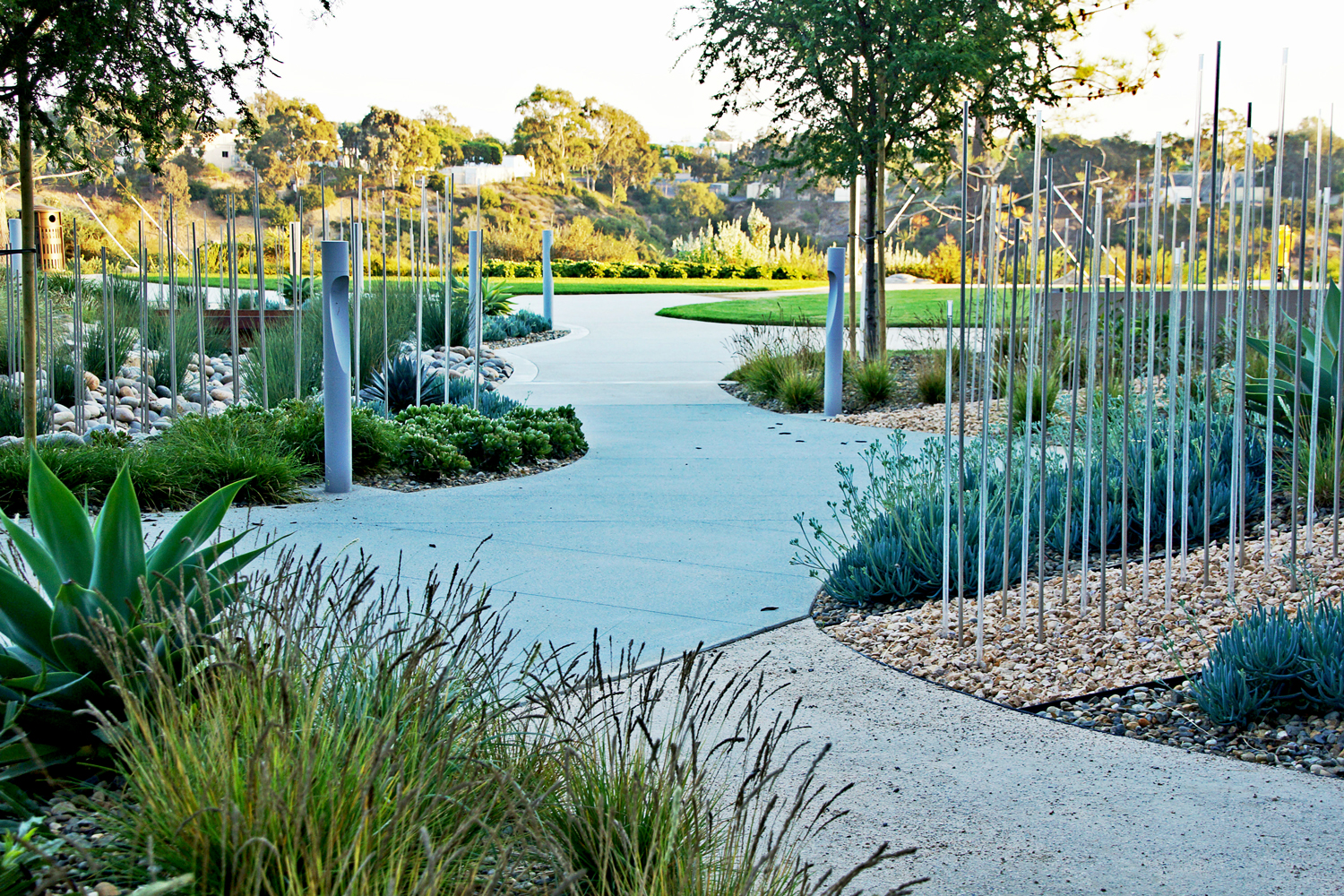
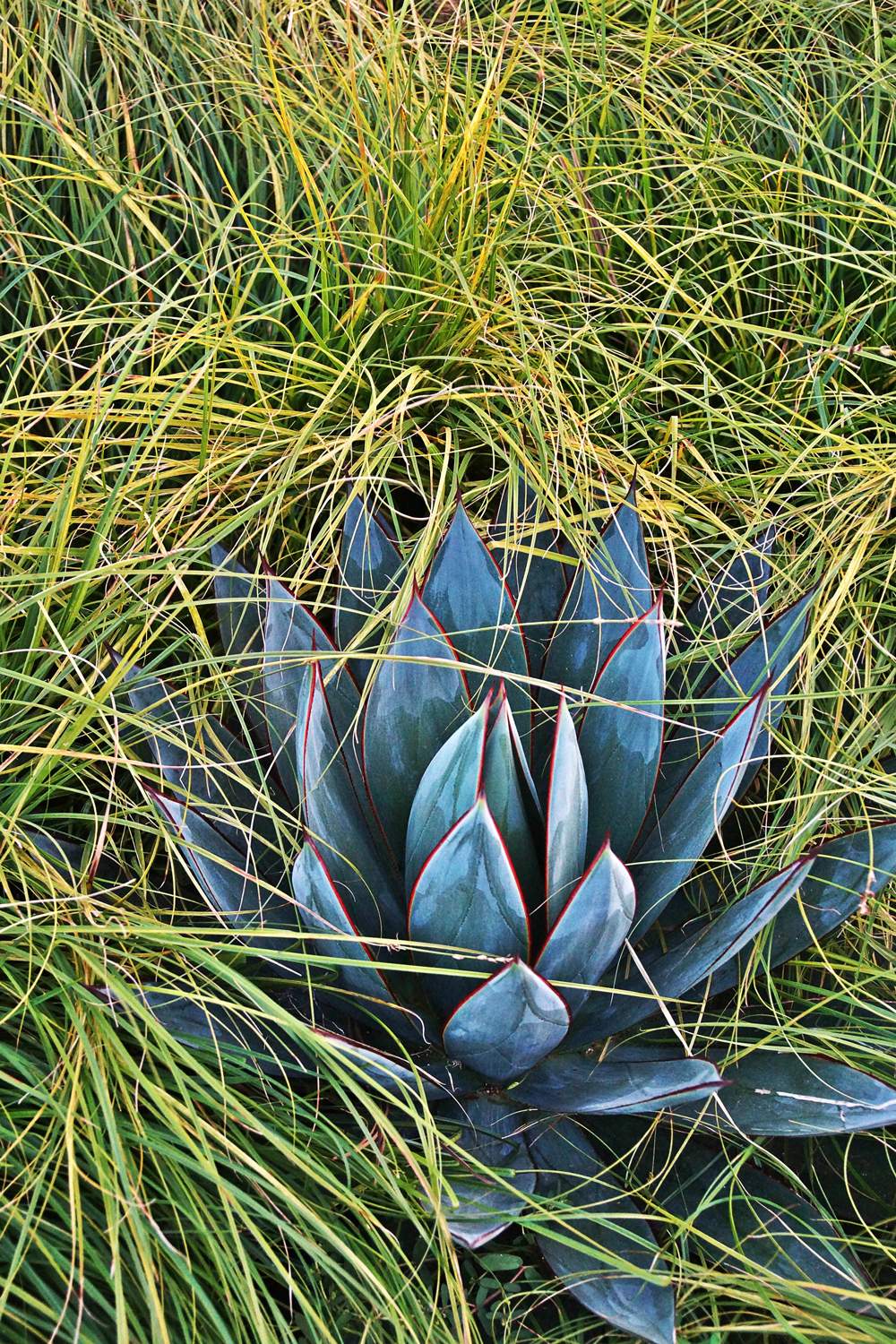
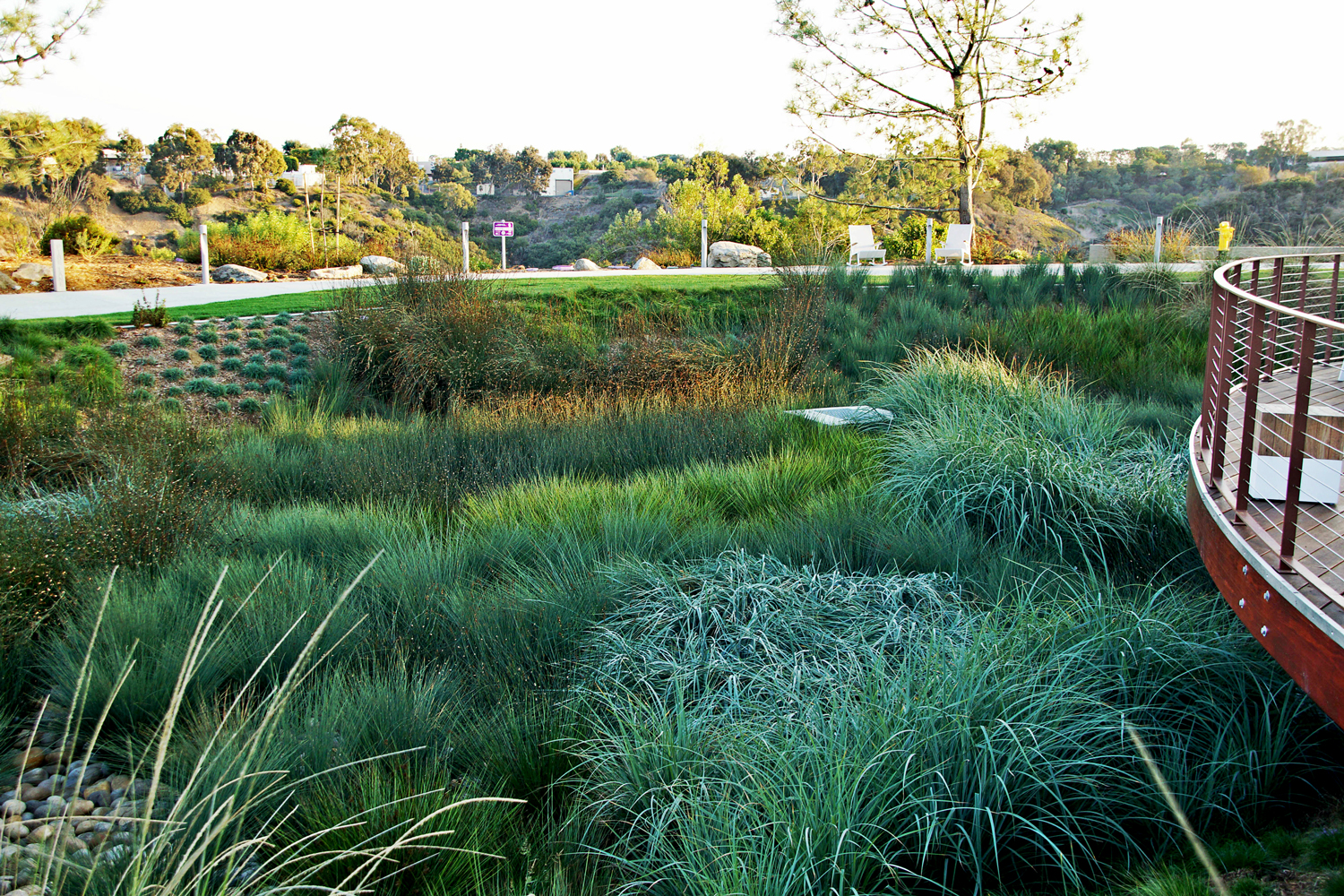
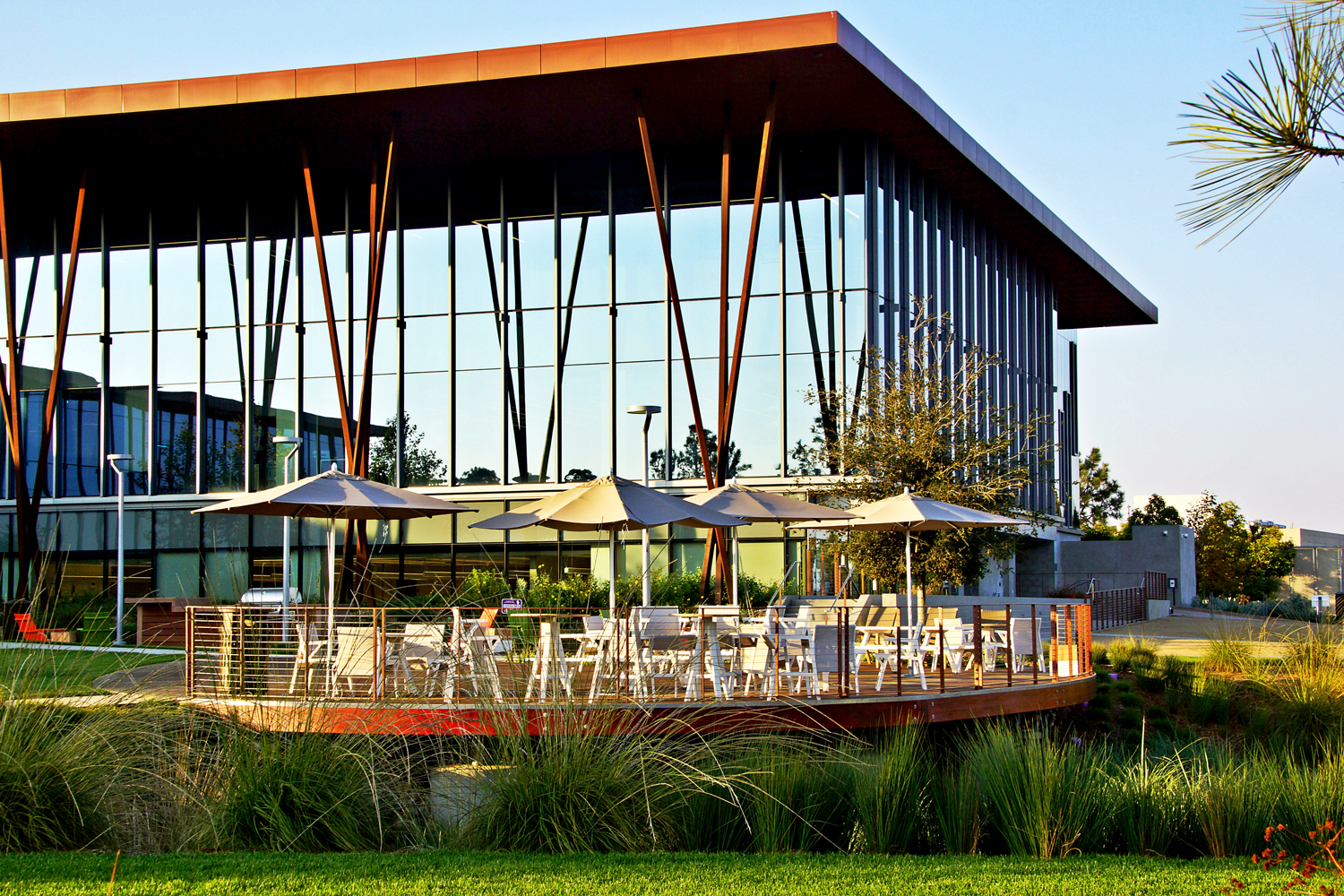
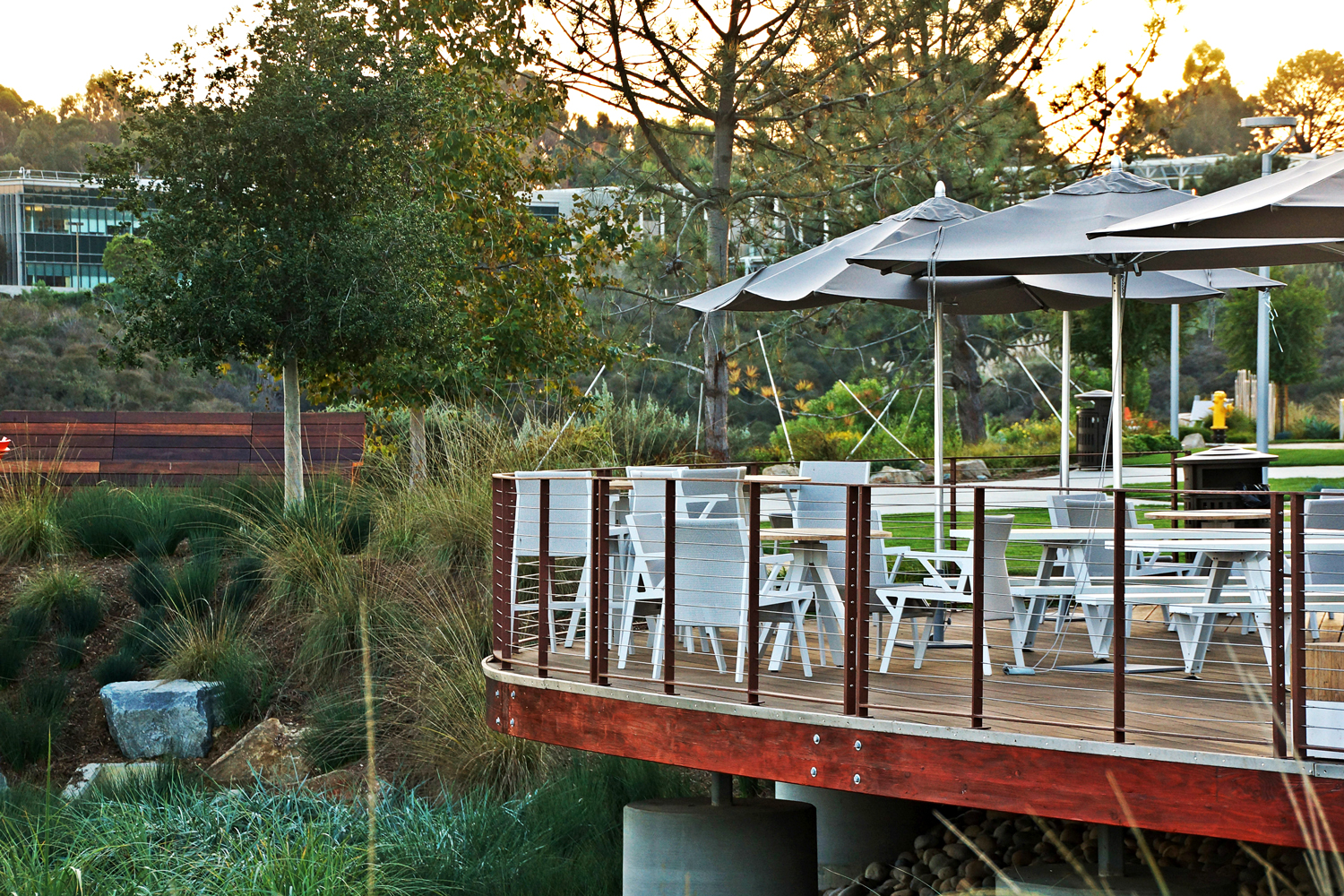

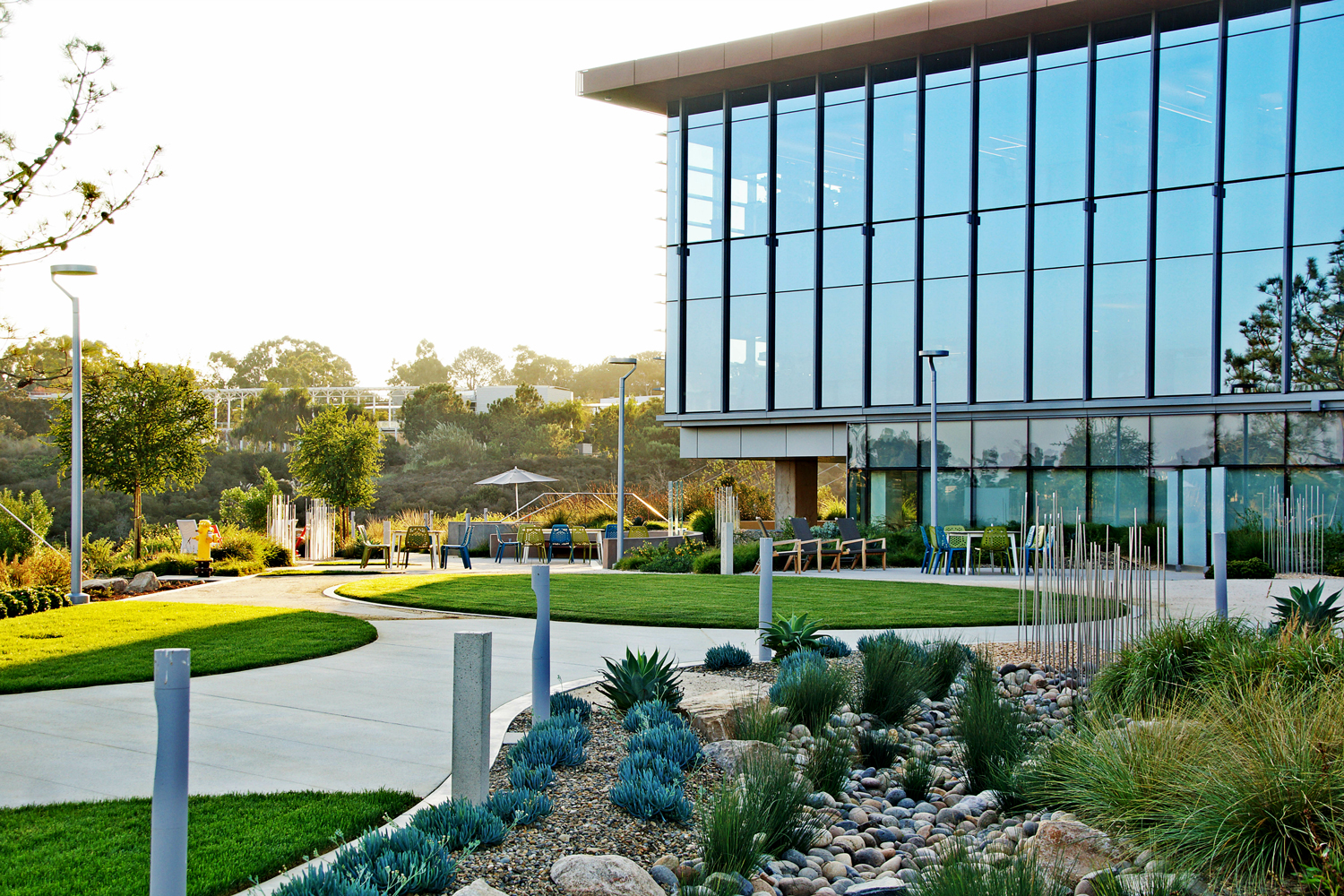
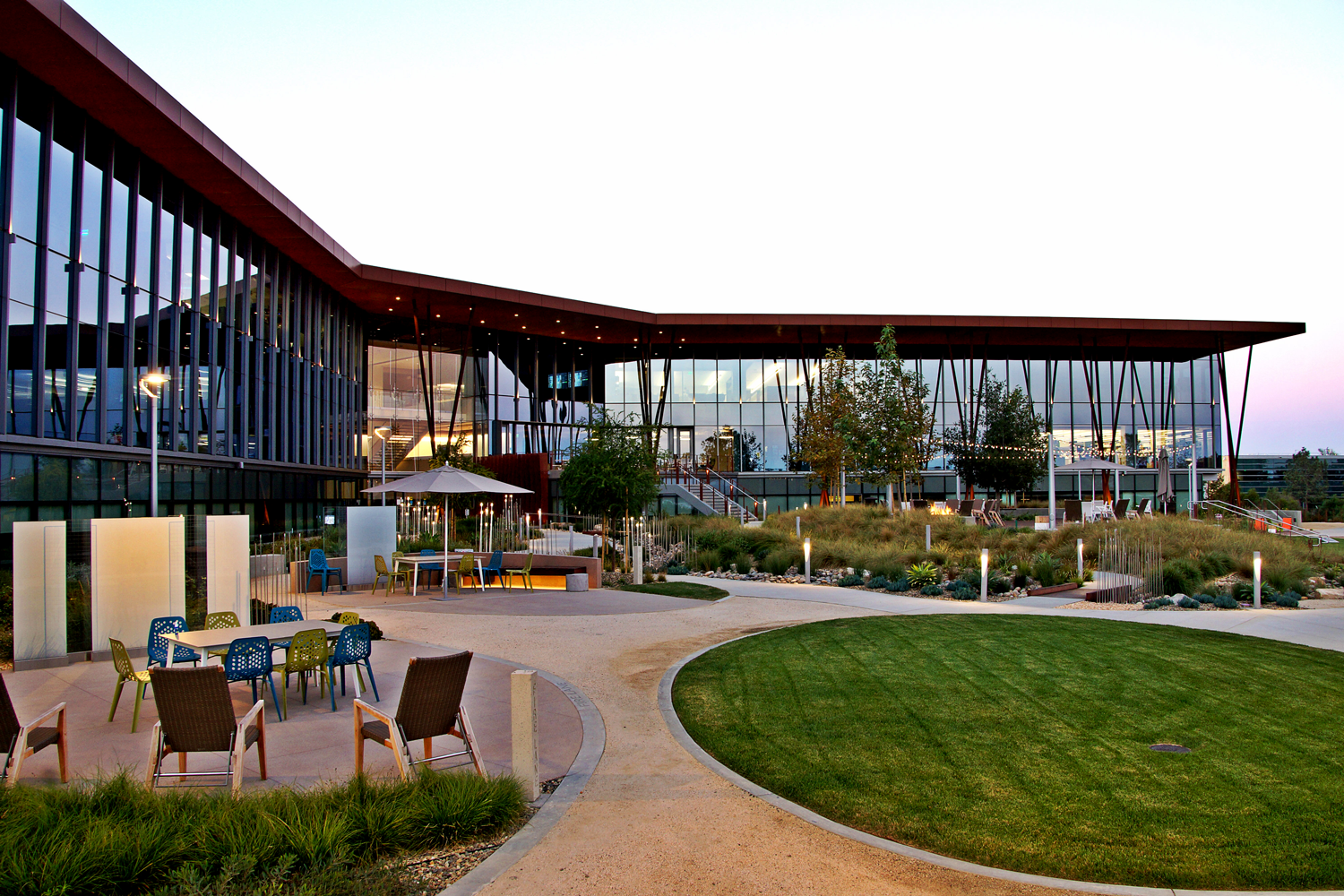
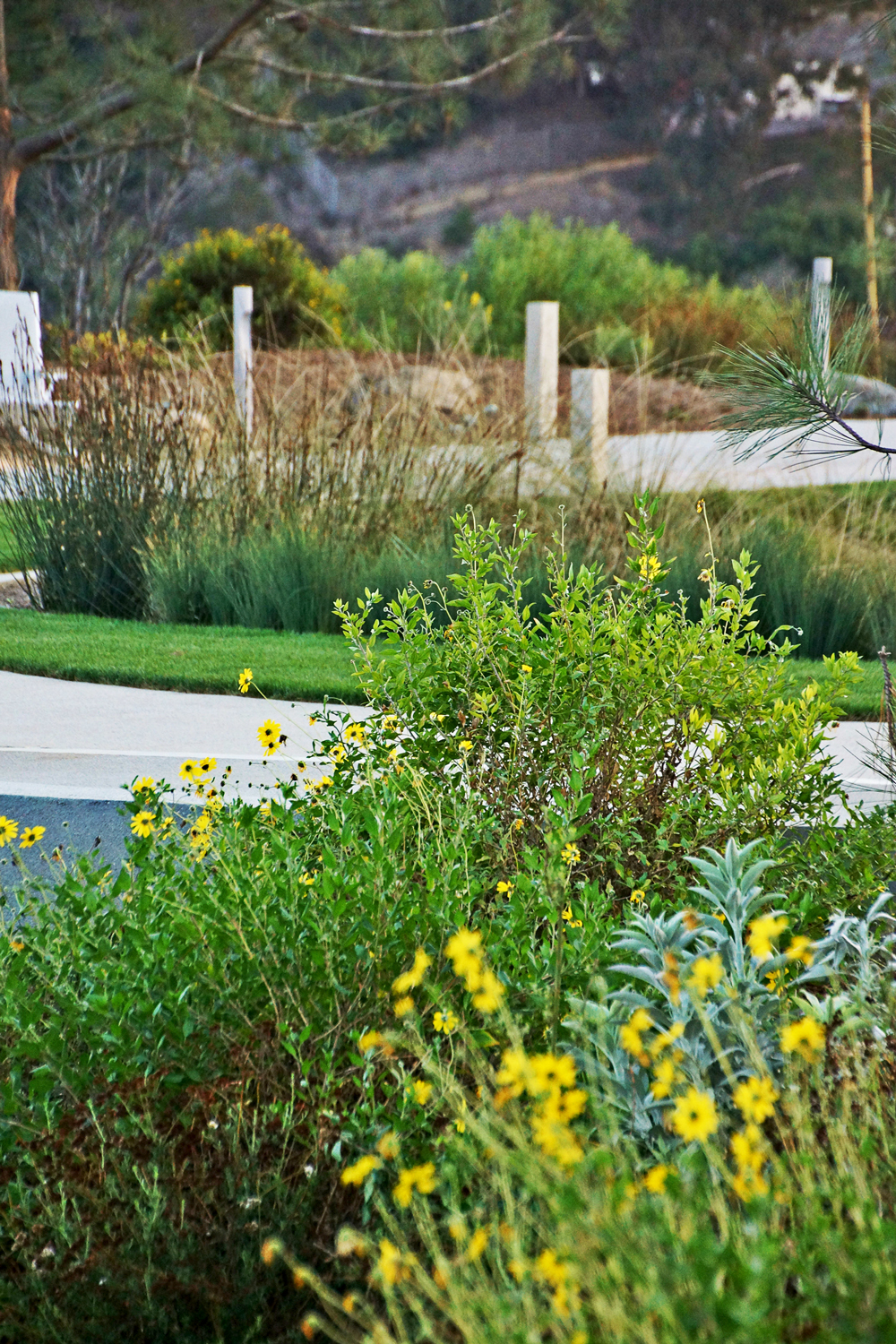
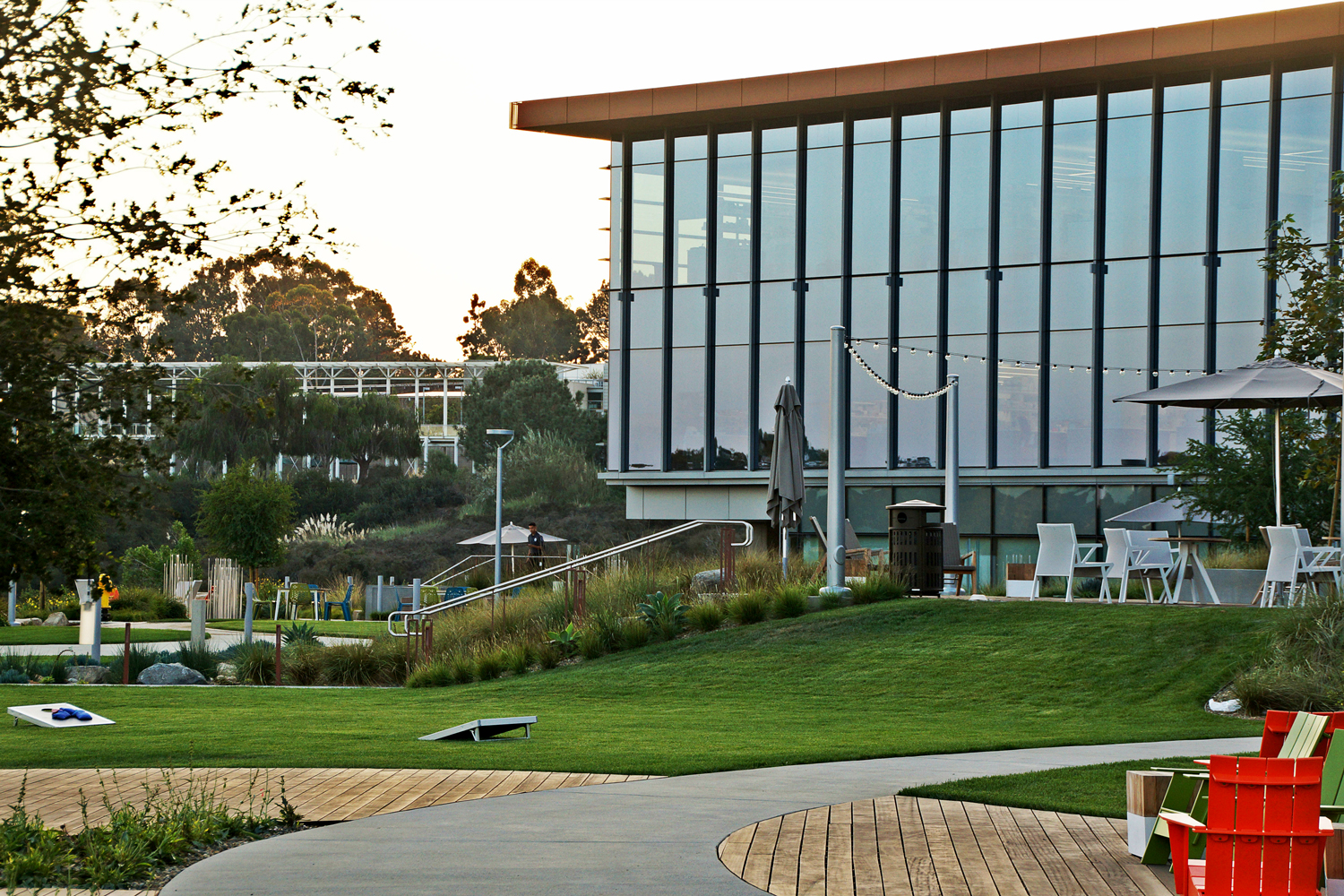
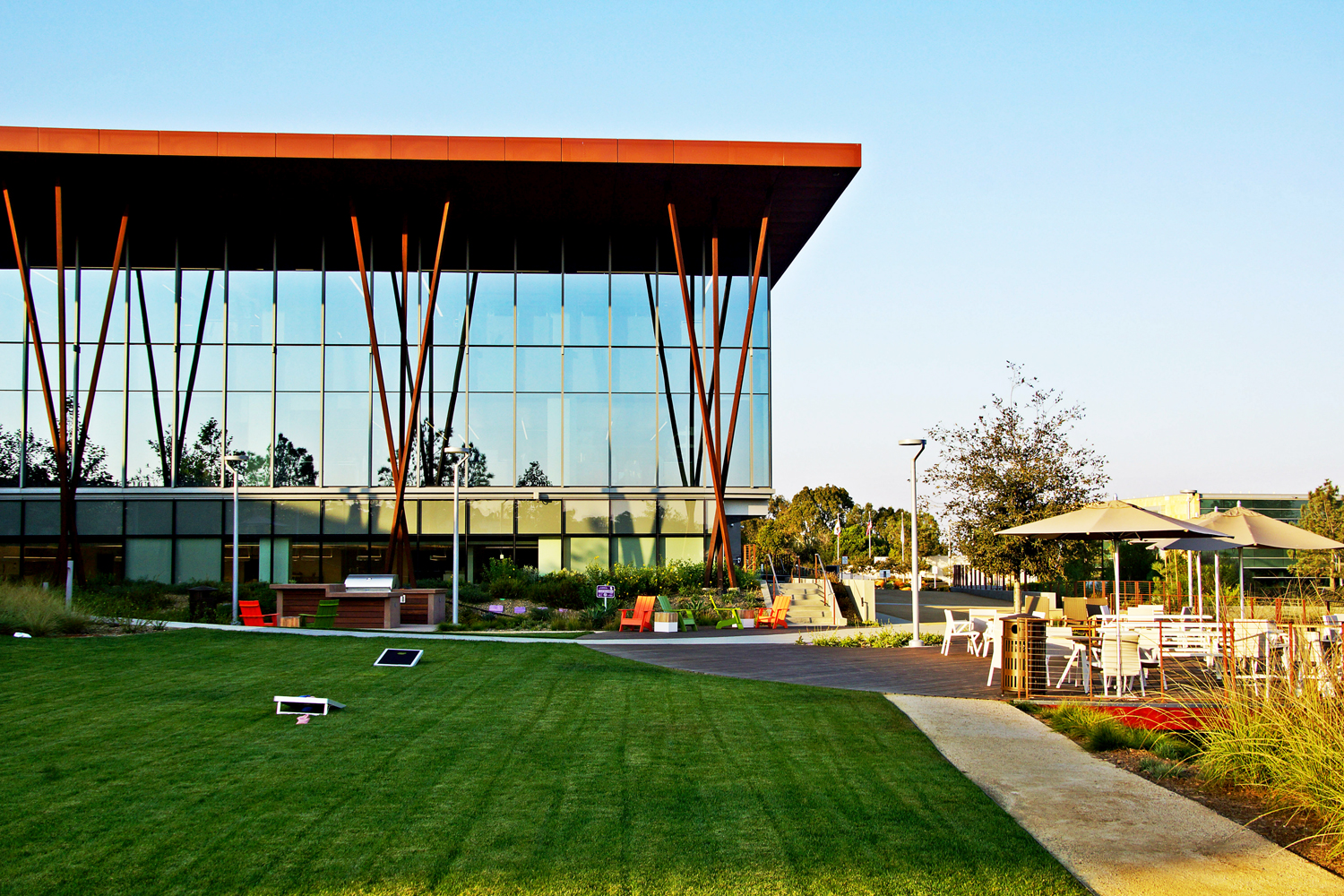
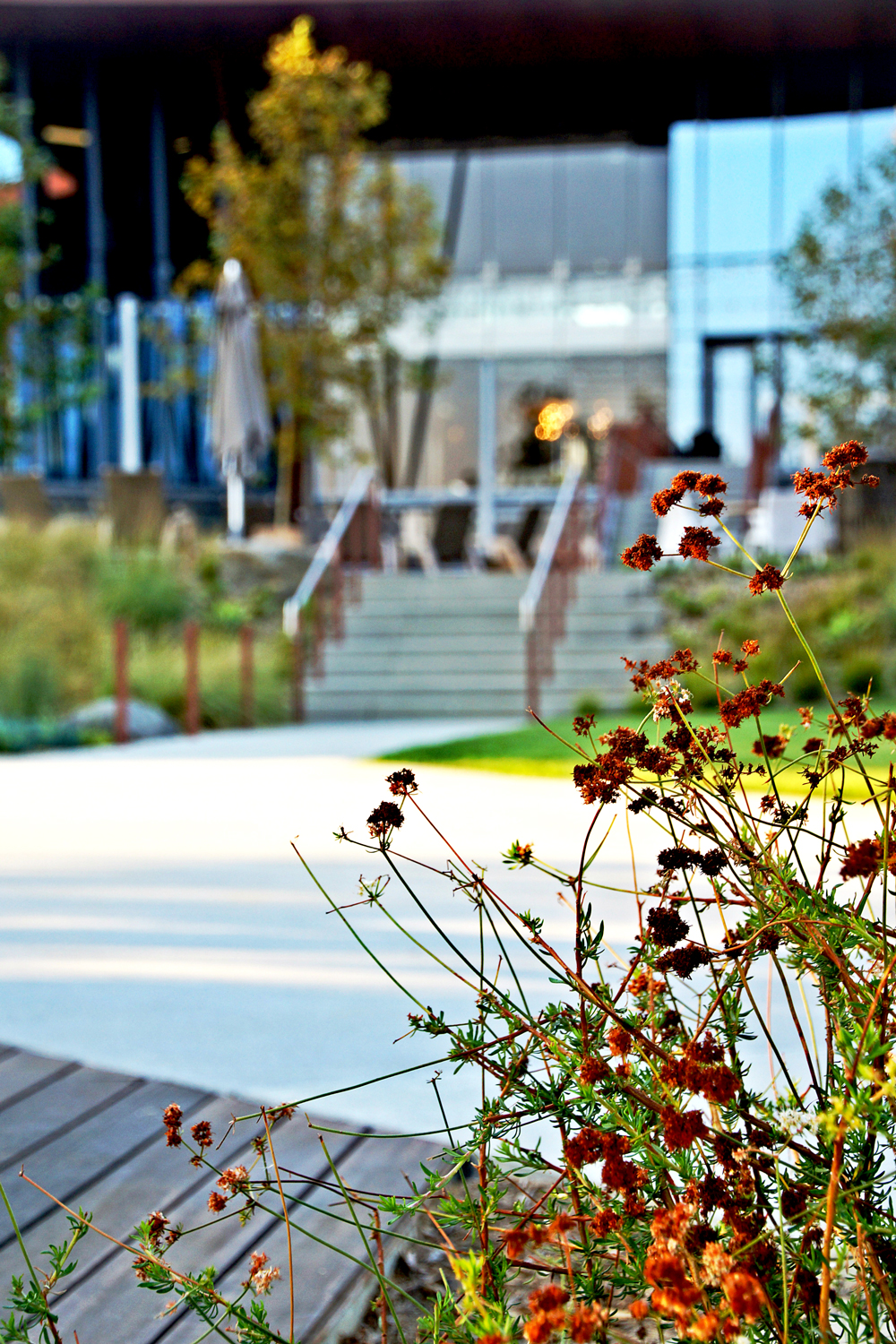
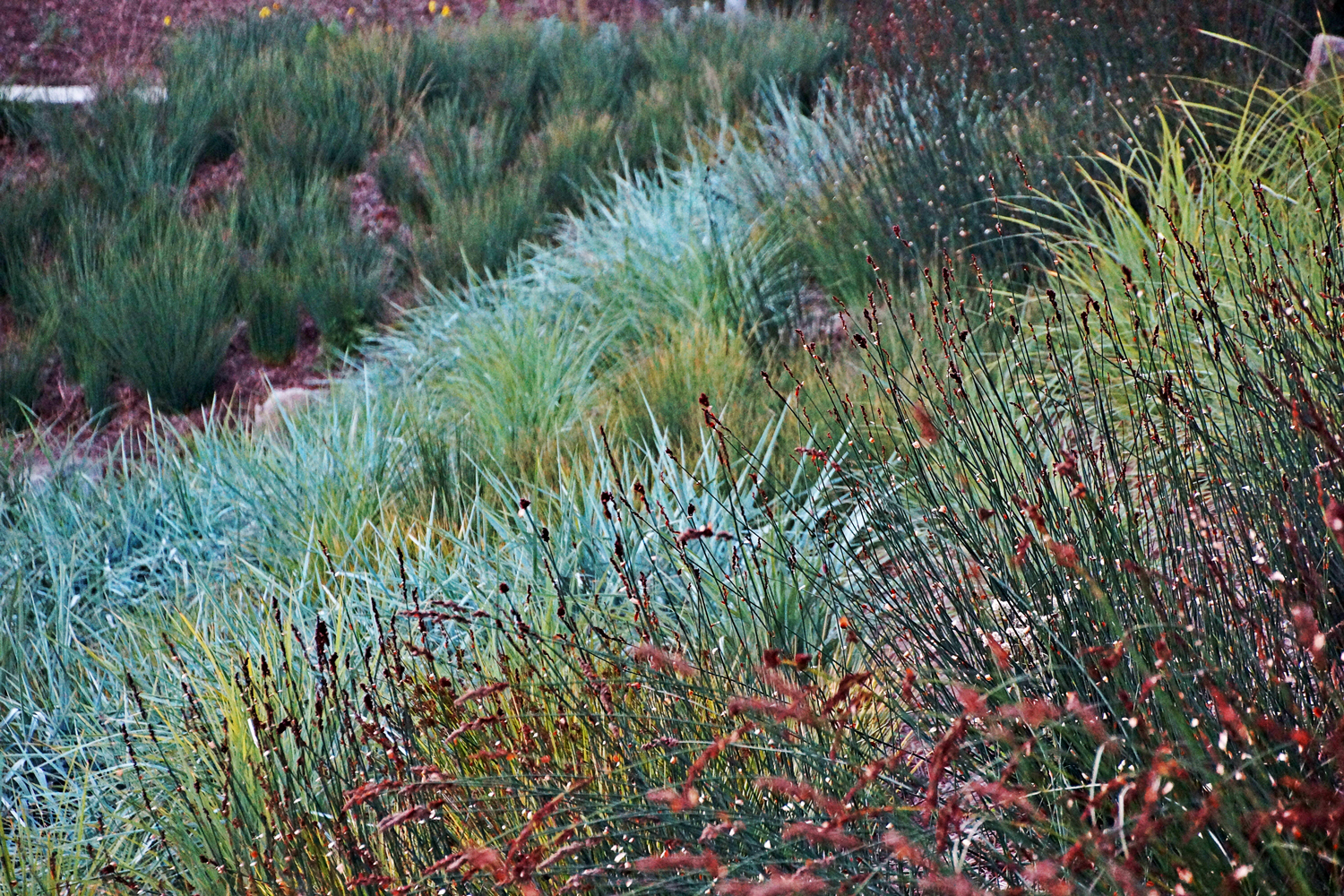




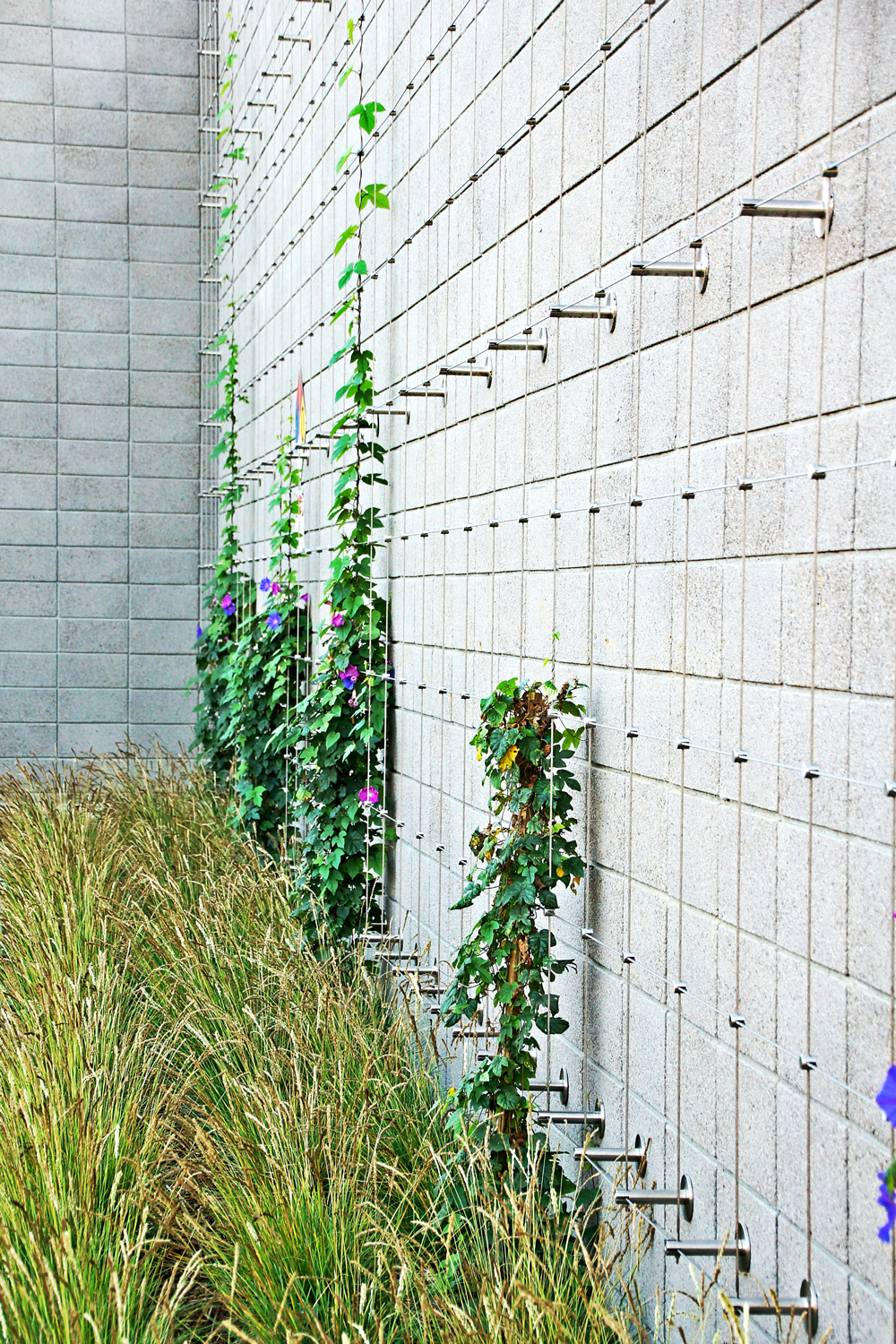
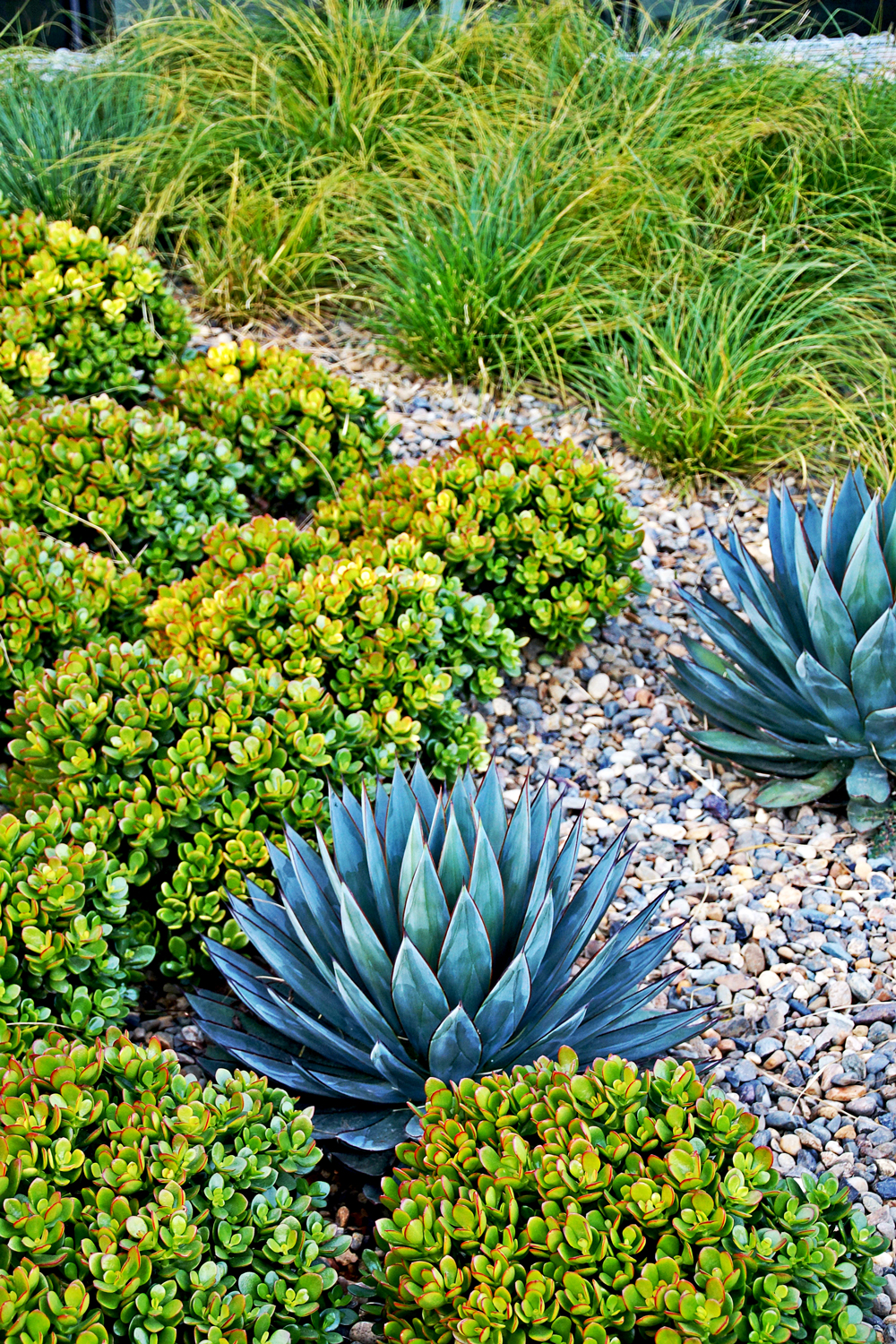
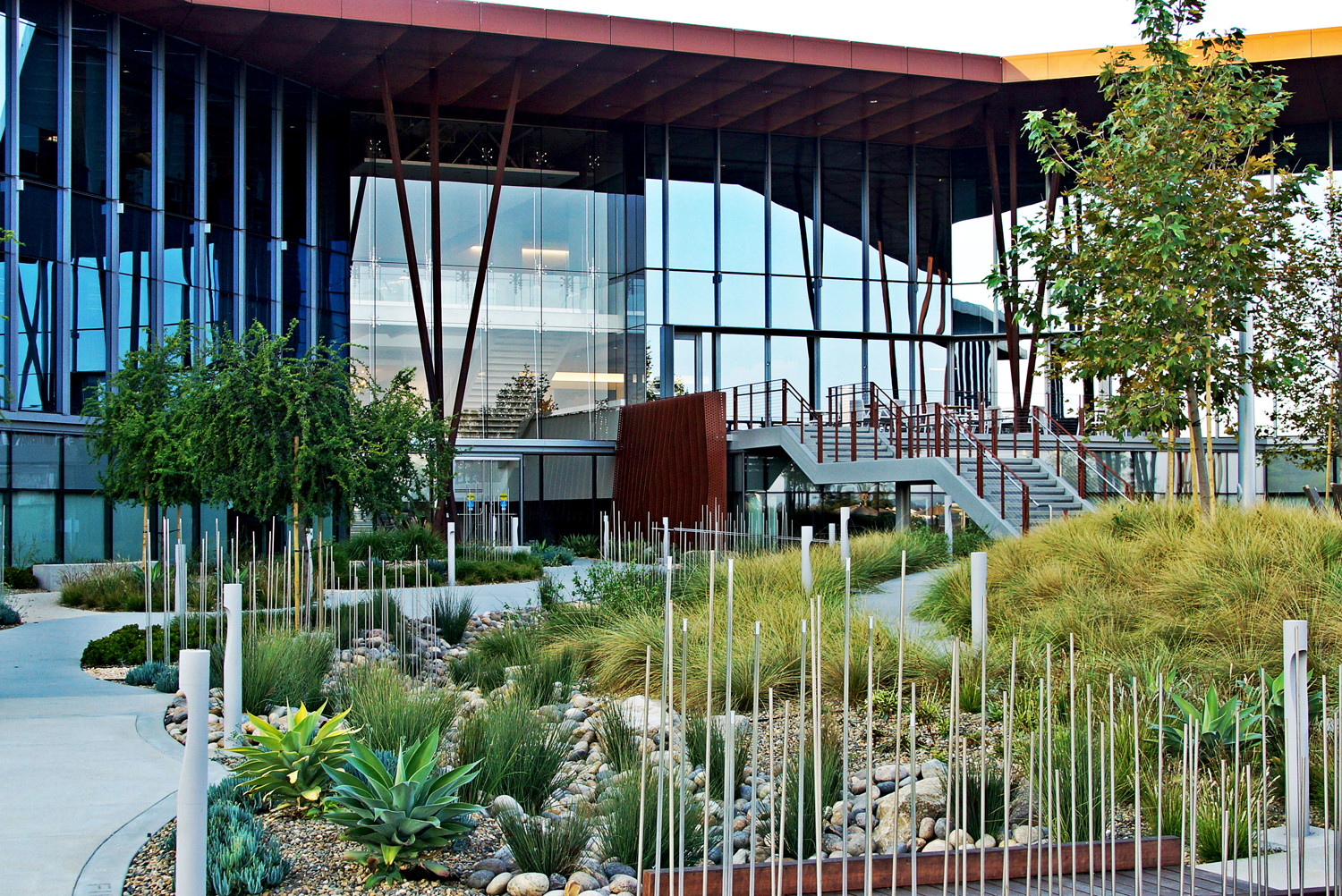
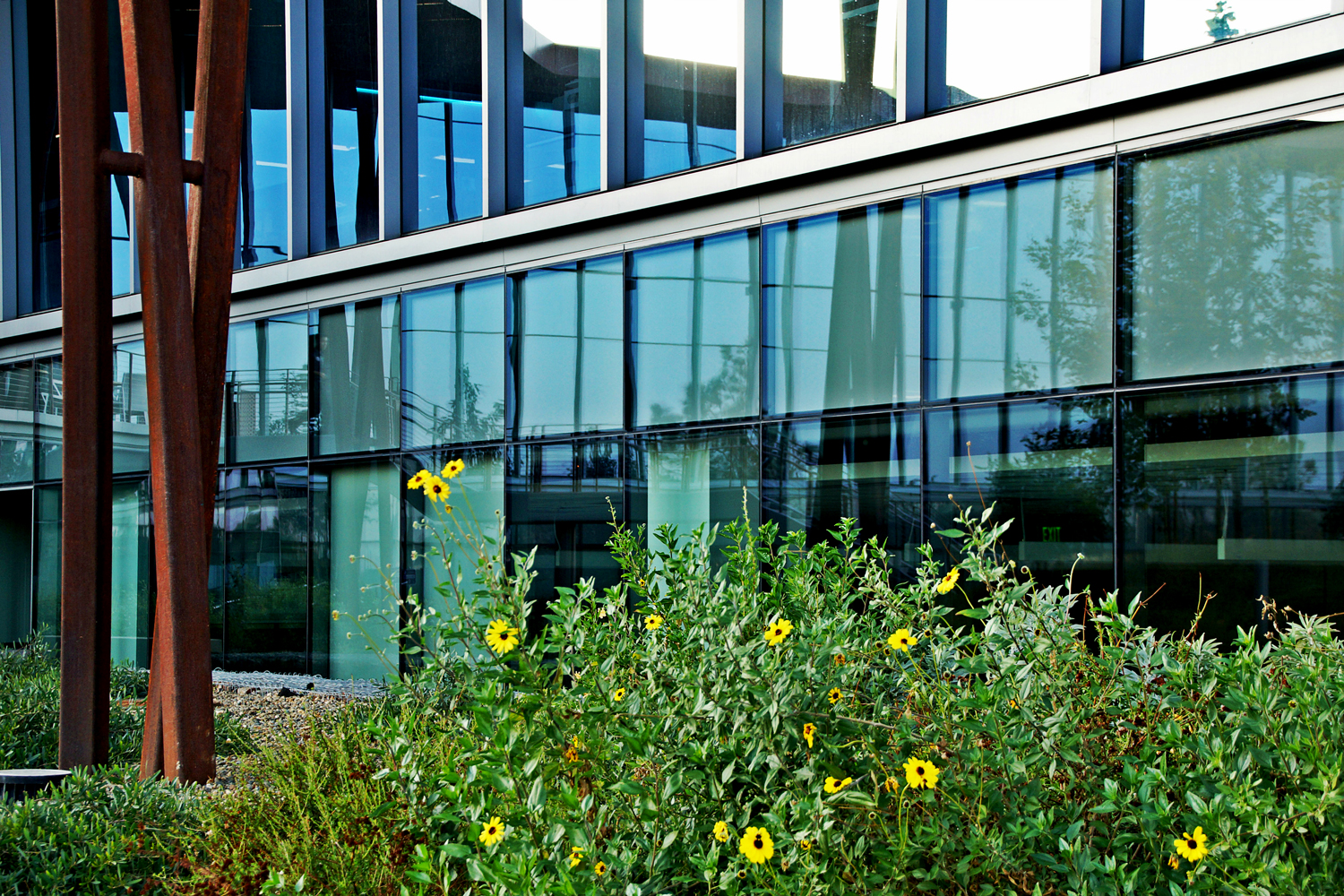
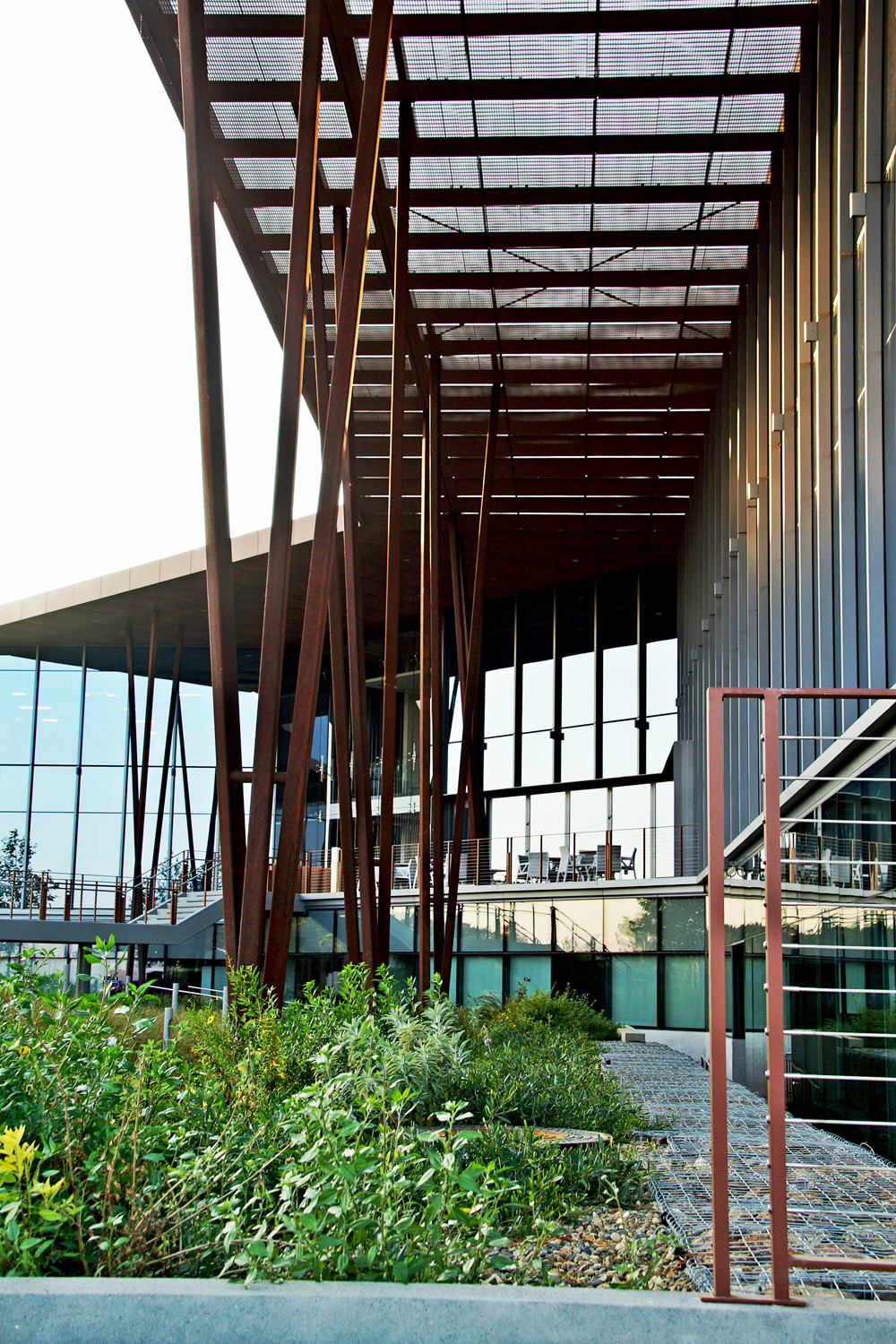
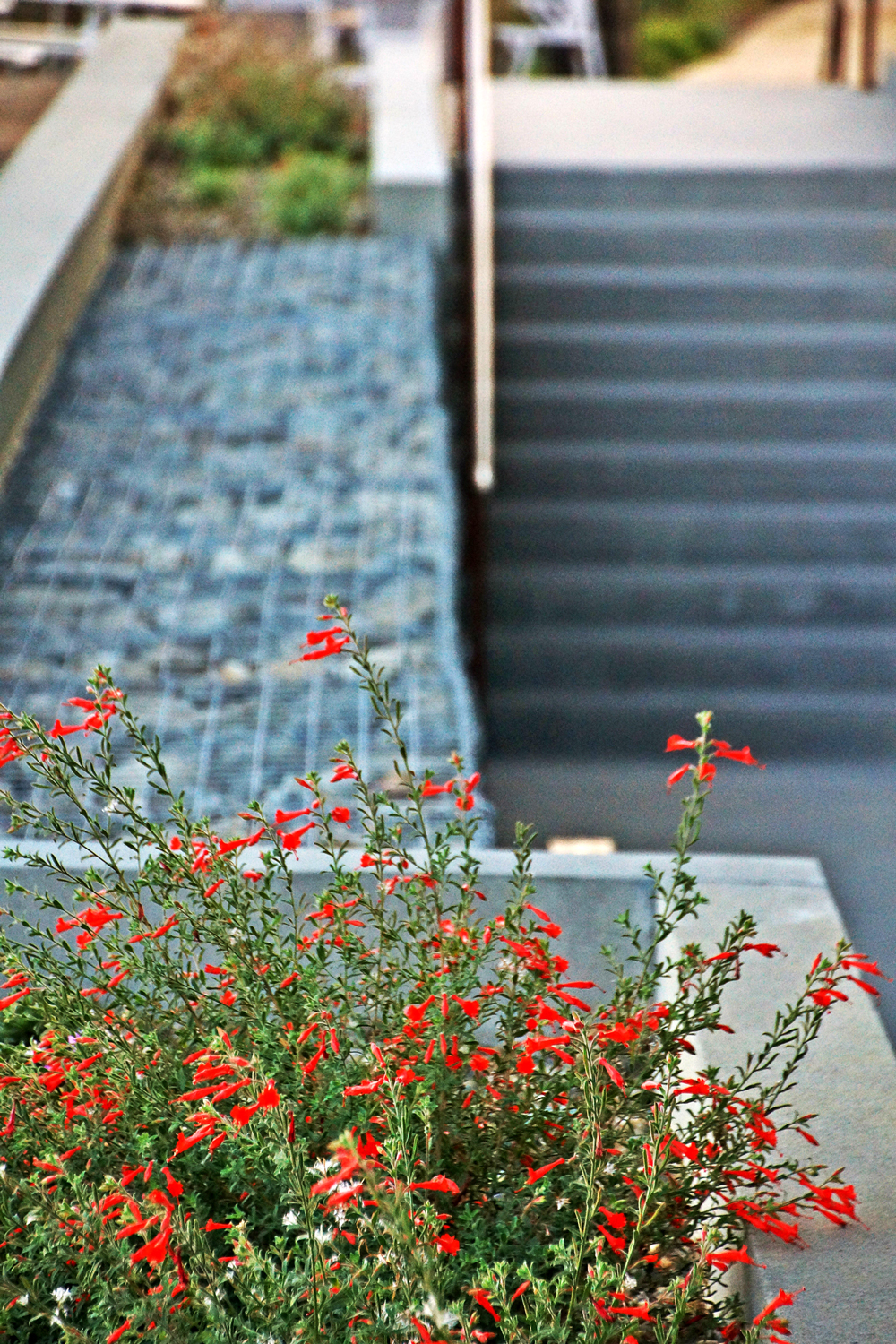

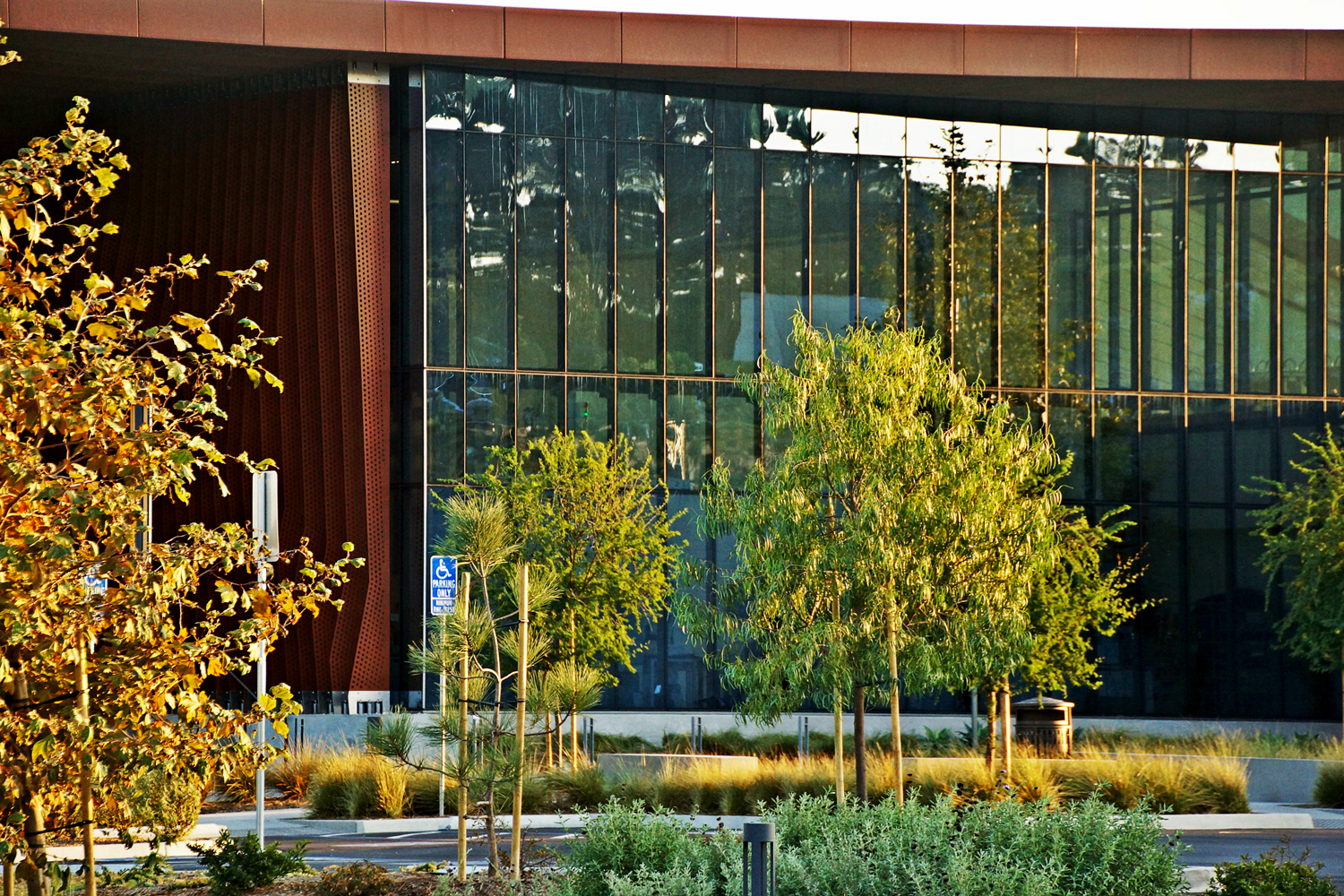

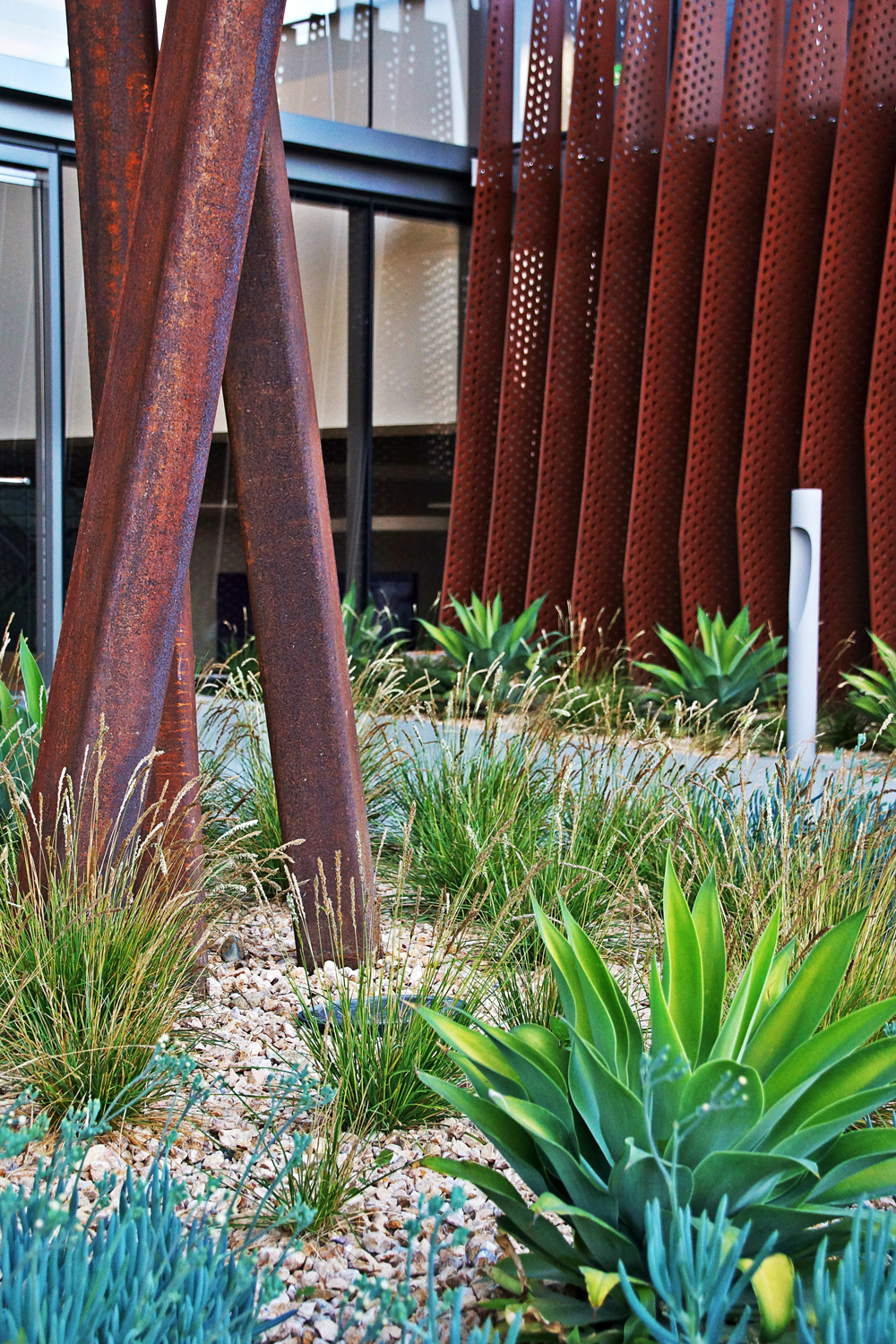
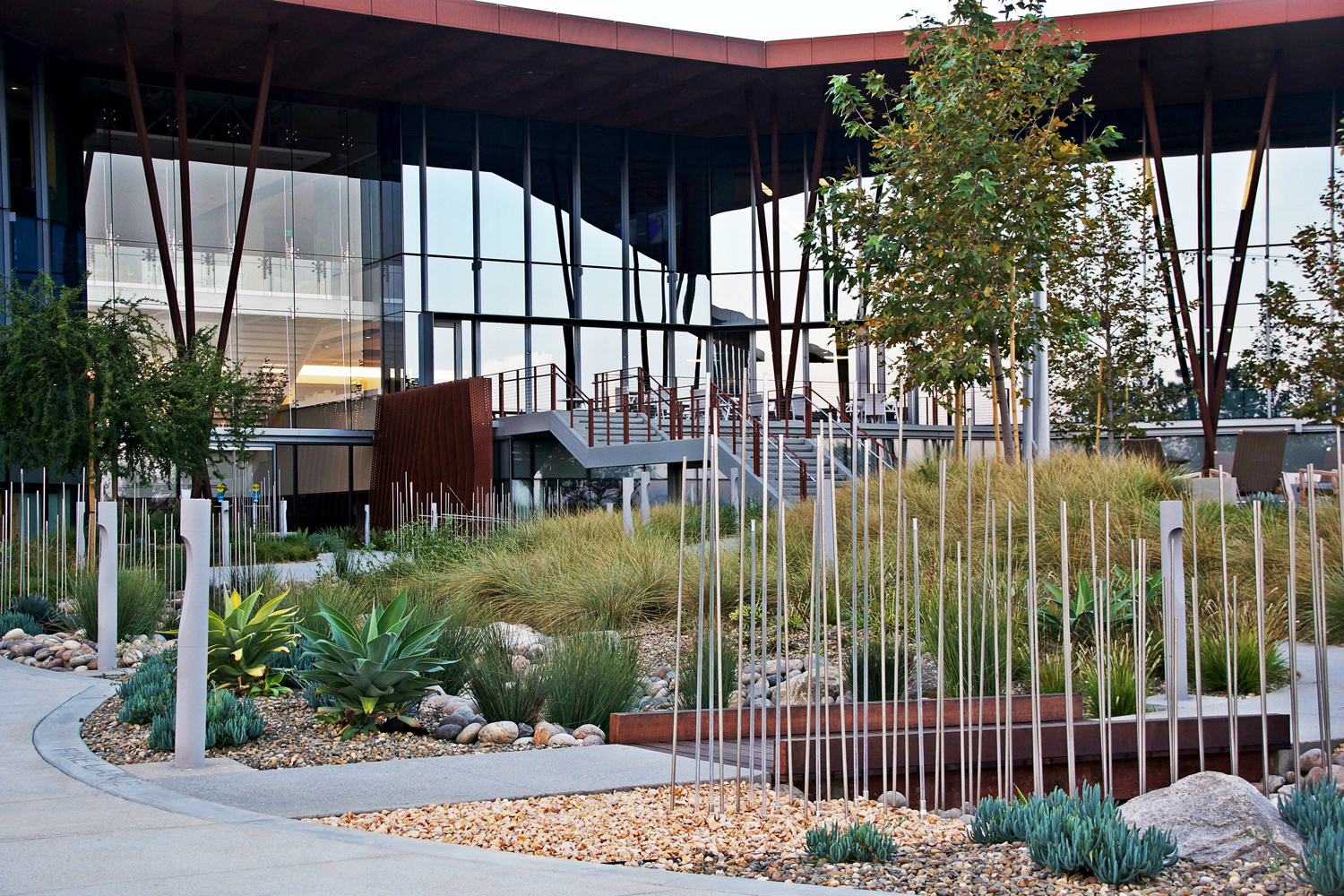
Collaboration plays a central role in the built environment, and the beautiful outcome for this project was just recognized with a 2018 AIA San Diego Merit Design Award.
Alexandria, a developer Building the Future of Life Science,™ with their tenant Vertex, a Boston-based biotech company and LPA, an award-winning architecture firm, along with McCullough came together to create the vision set by established Vertex. The company wanted to create a sophisticated and attractive work environment to recruit and retain the most talented research scientists in the world. The goal was to allow employees and visitors a place to gather, connect and enjoy the natural beauty of the Torrey Pines habitat.
Pictured above is an example of natural taphoni (top right) and the landscape of the project, which resembles those natural geological features.
Inspiration from Centuries Old Landscape Formations
During early meetings with the clients, we discussed how best to connect people with nature—an ideal that is infused into our company’s vision. Drawing from our knowledge of the historic Torrey Pines area, a geological feature within the reserve, known as taphoni, gave us an abstract inspiration to design a landscape that resembles these naturally forming cavities.
The McCullough team developed a theme around these unique formations, which is visible throughout the site. For those occupying the building, the juxtapostion between the taphoni forms and Vertex’s vision complete a story that opens the door for conversation and discovery around the science developing at the company.
“A taphone (plural: taphoni) is a geological formation that resembles a small cave with a round entrance and smooth, concave walls. Taphoni are often found in connected networks that have carved into cliffsides, hills and rocky areas. Taphoni are most commonly formed in granite, sandstone or sandy limestone and are particularly commonplace in semi-arid to arid desert climates. This formation is easily recognized due to its honeycomb, or sponge-like, appearance.” —World Atlas
Making Deeper Connections Through Landscape Architecture
A main focus for our designers was to connect the exterior with the interior spaces. In addition to utilizing natural elements as inspiration, careful selection of plant material was considered to recreate the Torrey Pines habitat in a way that felt safe, comfortable and provides a sense of calm and relaxation. Large spaces were designed for company-wide events, medium-sized spaces for smaller groups and many small intimate spaces for guests to sit, dream, read or contemplate their day.
The larger space was a natural amphitheater designed with a place to set up a stage with infrastructure provided for audio-visual and tech connectivity.
The medium-sized, smaller group gathering spaces feature BBQs, outdoor conference facilities and fire pits.
The smaller intimate spaces contain comfortable seating, concealed under shady trees and surrounded by plants that move in the wind softly or attract hummingbirds and butterflies.
“This project is arguably one of the most beautiful environments in Southern California, and is nothing short of amazing,” said David McCullough. “We’re really proud of this project as we believe Vertex will make great things happen for science in part due to the spaces we created.”
Client: Alexandria Real Estate Equities, Inc.
Architect: LPA, Inc.
Tenant: Vertex Pharmaceuticals Inc.
Who’s Building San Diego? McCullough, That’s Who!
Hatch, a leading magazine dedicated to innovative San Diego companies, features McCullough in this month’s issue. “We are curious dreamers influencing space by a mindful practice merging context and creative passion with grit, soul and style,” commented Catherine McCullough. “Our work is centered on this vision and we are so pleased that Hatch is showcasing our firm.”
Get into the Holiday Spirit by “Liking” Our Gingerbread House on Instagram
Like “703 Snowflake Drive” on Instagram, before December 20th →
OCS Lighting + Control, a manufacturer’s reputation firm, sponsored the Gingerbread House Contest 2018. Winners who earn the most “likes” receive “bragging rights” along with a gift basket of Baileys Irish Cream and hot chocolate to warm up those chilly San Diego nights.
Our staff came together to revisit their childhoods and build this yummy house. Hours and hours were spent on the landscape design. It’s not as easy as you think to design with gum drops and candy canes.
A Small History
The origin of the traditional gingerbread house dates back to16th century Germany when the decorated cookie-walled houses became part of the Christmas tradition. The Brothers Grimm story of “Hansel and Gretel,” which includes a house made entirely of treats, made the tradition all the more popular.






